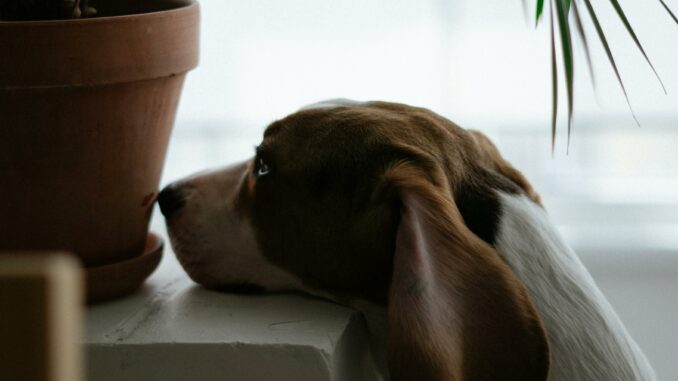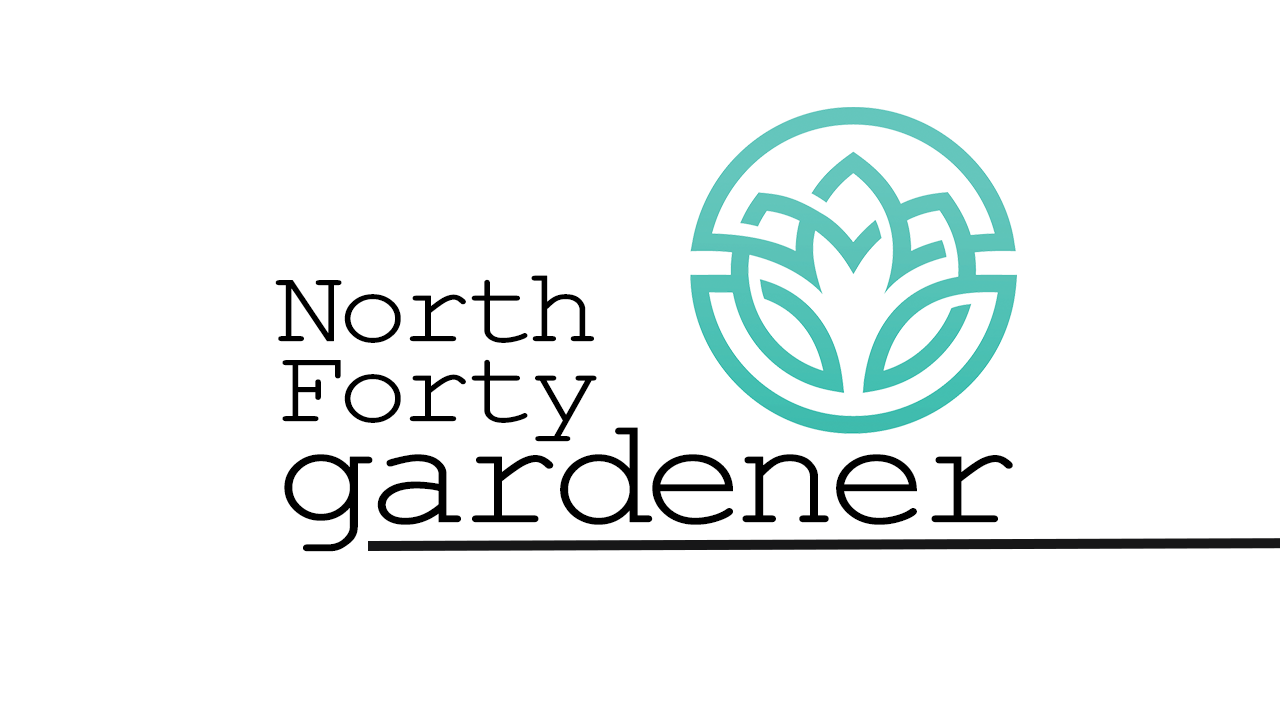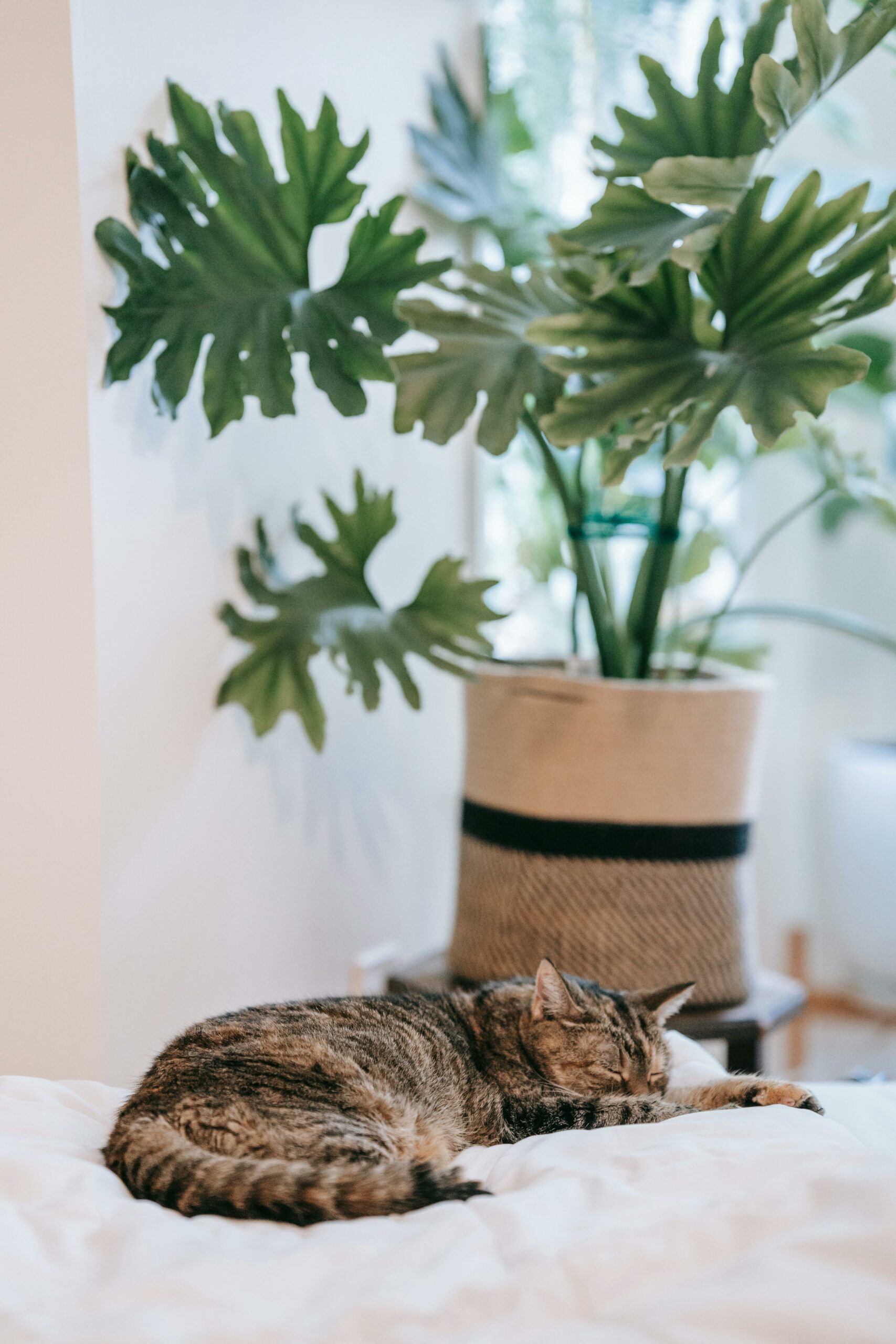

Geneva Thomas | Fort Collins Nursery
Caring for houseplants can be a therapeutic practice, but the potential risk of pets ingesting toxic plants might leave you wondering if it is possible to have the best of both worlds. Many popular houseplant varieties are labeled as “toxic.” Though many are commonly known to be toxic, they may not necessarily be deadly. Toxicity often refers to the possibility of mild irritation or illness following ingestion. Regardless, we should make ourselves aware of what plants can be potentially harmful, and how to protect our pets in their presence.
Some of the most commonly collected houseplants – such as Alocasia, Dieffenbachia, Monstera, Philodendron, and Spathiphyllum – are considered toxic to pets. When a pet eats too much of these plants, hypersalivation and vomiting can occur. While these symptoms aren’t usually life threatening, they can still cause harm. Common succulents such as Adenium, Kalanchoe, and Euphorbia are also considered toxic, and ingestion of these plants may cause gastrointestinal upset. If consumed in large quantities, symptoms can be more severe. One of the most harmful popular plants is the Easter Lily. Every part of this plant is toxic to cats, and ingestion can lead to kidney failure.

With so many houseplant varieties labeled toxic, what “non-toxic” options exist? Palm varieties like the Areca palm, Parlor palm, and more are considered non-toxic to pets. Flowering houseplants such as African Violets, Bromeliads, and Phalaenopsis orchids are also considered pet-friendly. Most common fern varieties are considered safe. Plants from the humidity-loving genus of Calathea serve as a stunning pet-friendly option. For a pet-friendly option that tolerates low light, Cast Iron Plants are wonderful. Do be careful, however; even though many plants are considered non-toxic, they could still cause unexpected allergic reactions. As always, consider your pet’s personality and the likelihood of them eating plants.
All this is not to say you can’t have plants and pets. Physical deterrents play an important role in preventing pet/plant interactions. Installing shelving units high off the ground allows for plants to be easily displayed without being reached by non-climbing pets. Enclosed mini-greenhouses, cabinets, and terrarium set-ups make for unique houseplant displays while serving as physical barriers to pestering pets. Designating a room in the house as a “pet-free” zone allows you to collect as many houseplants as you’d like without worrying about pets munching them. The use of scent-based deterrents can also aid in preventing pets from bothering houseplants. Not all scent-based deterrents will work well with all pets, so testing a few different types of deterrents may be necessary.
For more information on plant toxicity for pets, check out these resources:
- ASPCA’s list of Toxic and Non-Toxic Plants
- Colorado State University College of Veterinary Medicine and Biomedical Sciences Guide to Poisonous Plants
- Poison Control Center’s Poisonous and Non-poisonous Plants list
Contact your pet’s veterinarian if you ever suspect that they have eaten something that could be harmful to them. If your pet’s primary veterinarian is unavailable, contact the nearest emergency veterinarian.
Support Northern Colorado Journalism
Show your support for North Forty News by helping us produce more content. It's a kind and simple gesture that will help us continue to bring more content to you.
BONUS - Donors get a link in their receipt to sign up for our once-per-week instant text messaging alert. Get your e-copy of North Forty News the moment it is released!
Click to Donate
